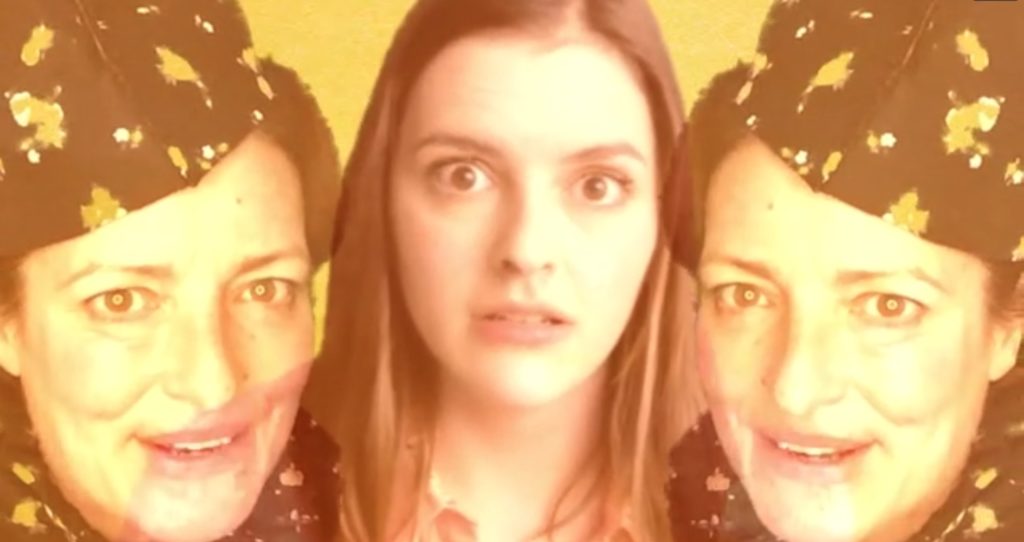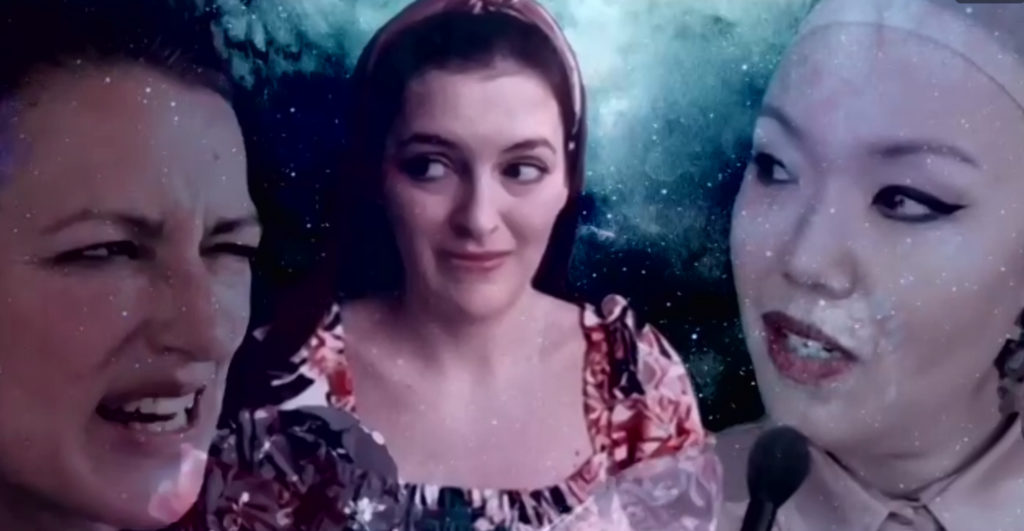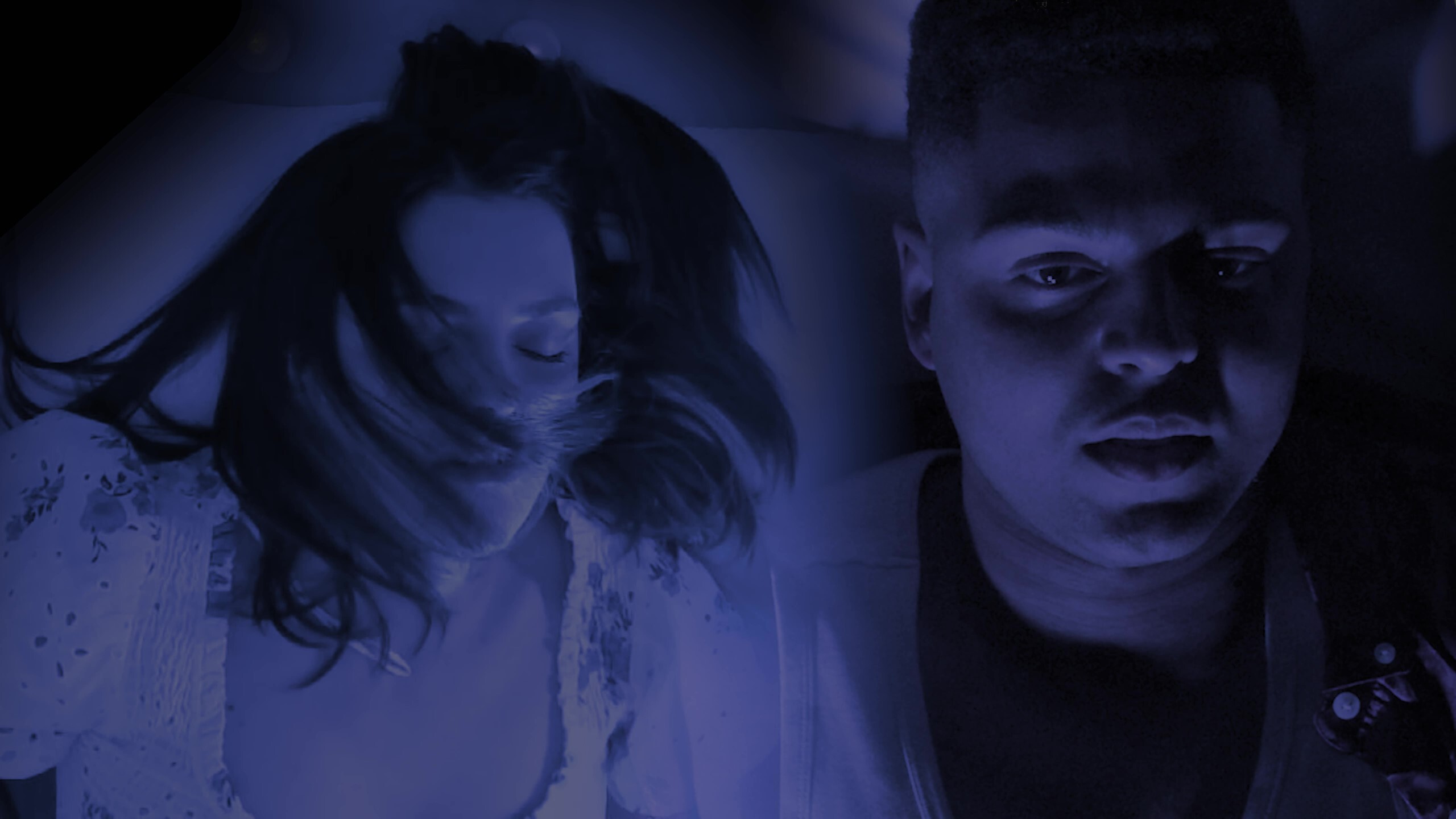Romeo & Juliet – Creation Theatre/Watford Palace Theatre
A part-live, part-recorded, gameplay, Zoom call version of Romeo & Juliet has me feeling a little conflicted.

Theatre Truly Embraces The Online Channel
It feels somehow apt to be reviewing a forward-looking online version of Romeo & Juliet on the day that theatres and other cultural venues reopen in England. The last 18 months have been ones of extreme highs and lows both in all of our lives and in the artistic space. Jobs lost, venues shut down, plans shelved… But at the same time, new ideas have found their space at the forefront. Whether that is theatre that takes place outdoors; purely digitally like here, or as a hybrid.
I have seen a few online productions now, and when I write about them here on the blog I often consider how they are differentiating themselves from traditional live theatre. To drop into the business-speak of my day job for a moment, what is their “added value”? For some, like Hymn, or Typical, this seems to be about getting up close to the actors; seeing their performances in a way you can’t from a seat in a large theatre. For others, like the Old Vic’s A Christmas Carol, they lean into the digital medium a bit more, with carefully-planned shots and effects to communicate to us that this is something special, not ‘merely’ a streamed version of a play.
Romeo & Juliet, by Oxford’s Creation Theatre in partnership with Watford Palace Theatre, goes a full step further. Here is a production which could never be achieved in front of an audience. There are live segments, but also pre-recorded content. Part of it is on Zoom. You control the outcome. You may encounter a QR code at one point. On the one hand, it feels like the culmination of our lives during Covid – something good to have come out of the endless days of online meetings. On the other hand, there are still some kinks to iron out.

So How Does It Work Then?
The structure of this production is really interesting, and must be a huge amount of work behind the scenes. You begin by deciding your house: Capulet or Montague? I chose the former. There’s also an option to engage in a quick tarot reading before the play proper begins. The first half takes the form of a Zoom call. It’s more fun if people have their cameras on, but of course not everyone is comfortable with this, and I personally dipped in and out of showing myself. Others had dressed up for the occasion, with cocktails in hand ready to embrace their role as a guest at the Capulets’ party. It’s an interesting dynamic, and recreates in a different format the shared experience of being in a live theatre audience.
There are relatively few decisions to be made in the first half. It’s in the second half, which is web-browser based, that the gameplay/multi-choice element really starts. The premise is that you might be able to change the outcome – are the lovers star-crossed after all, or can you help them avoid their fate?
I really wanted to test this out, but one hindrance I found was that I don’t quite know the play well enough. Given a binary choice about what Juliet should do next, I couldn’t remember what she does in the play so couldn’t ‘choose differently’ to try to swing the outcome. And it turns out I think like Shakespeare… Or at least only went on a couple of side quests (some quite fun). Just like when I read ‘choose your own adventure’ books as a child, I longed to go back at points and see what would have happened if I had chosen differently.

Final Thoughts on Romeo & Juliet
That is a lot about how it works, but to be honest that is what I was thinking about a lot of the time as I was watching Romeo & Juliet. As you can see in the images, special effects are in abundance. Backgrounds, colour filters, transparencies, layers of characters on screen together: it can be quite a lot. The sound design by Matt Eaton was also quite prominent – I got used to it but it distracted me at first. The more I thought about it though, the more I realised you couldn’t really do it any other way. The actors aren’t together. There is no set, just cameras. If it wasn’t so heavily manipulated, it would just look like a Zoom call. The hyperspace vibes are there to help with our suspension of disbelief.
I think a production like this works best with a story we know really well, like Romeo & Juliet. It means we can allow ourselves to get a little distracted and still follow what’s going on. It also takes some good acting. A lot of the time the actors are delivering their lines to camera, ie. to us. It allows for an emotional connection, while also being slightly odd. For me, the standout performances in this medium were Annabelle Terry as Juliet, and Shakespearean veteran Katy Stephens as the Nurse. The latter in particular had me laughing out loud at times, while Terry was able to break through the artificiality of the concept with a very authentic and adept performance.
If online theatre is to continue to develop in more than a ‘National Theatre Live’ sense, then it is this type of production that will lead the way. There are still some kinks to work through, but all in all I enjoyed my evening as part of a virtual audience with Romeo and Juliet’s fates in my hands.
Salterton Arts Review’s rating: 3.5/5
Romeo & Juliet on until 23 May
Sign up for more theatre, arts and heritage news:
If you see this after your page is loaded completely, leafletJS files are missing.


3 thoughts on “Romeo & Juliet – Creation Theatre/Watford Palace Theatre”